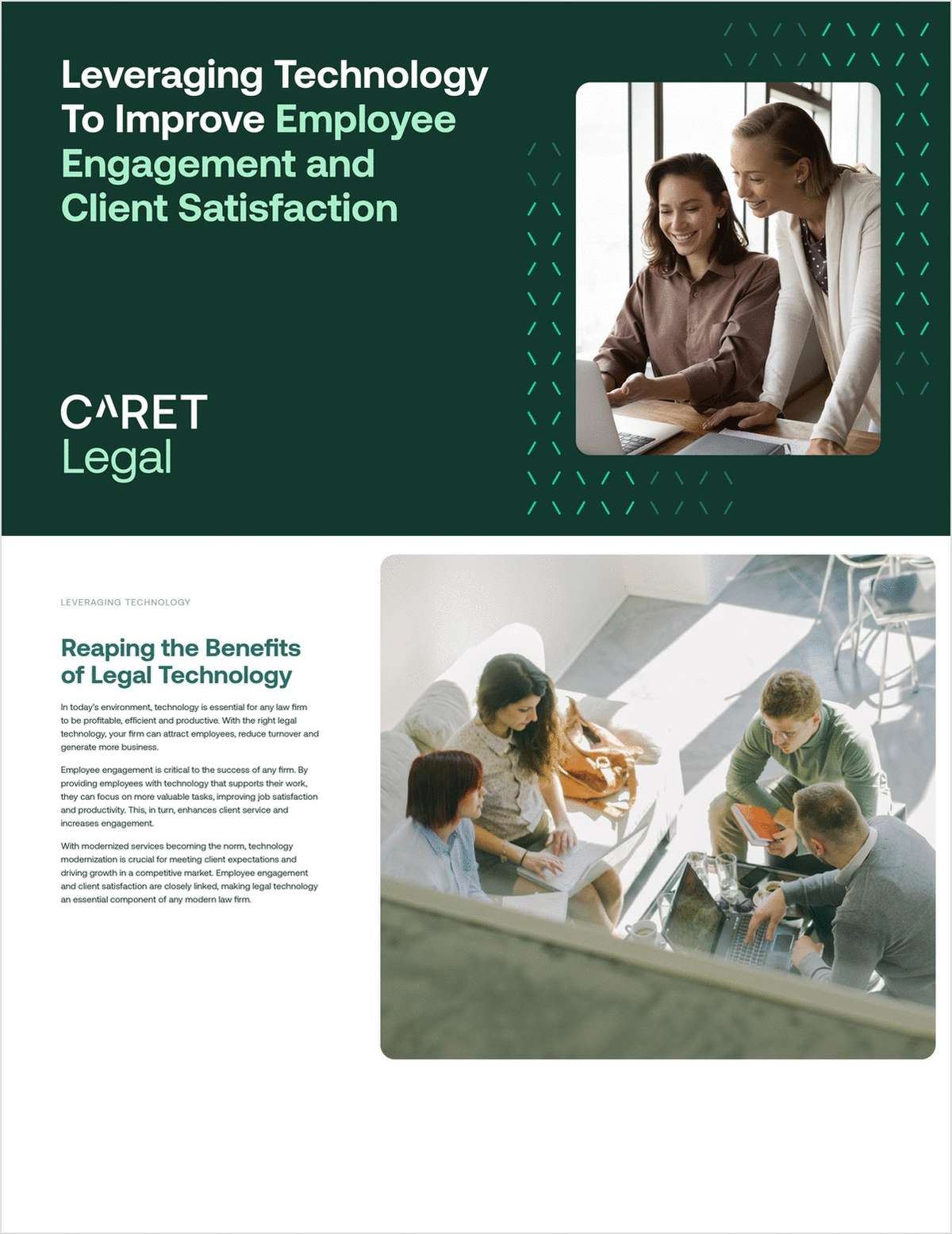Supreme Court Justices Disagree—on These Three Writing Tools
A legal writing professor's examination of U.S. Supreme Court decisions shows the justices usually achieve unanimity on most matters of style. But on three points—conjunctions, possessives and fragments—the justices divide.
March 14, 2018 at 07:24 PM
4 minute read
 Justice Elena Kagan (2015). Credit: Diego M. Radzinschi / ALM
Justice Elena Kagan (2015). Credit: Diego M. Radzinschi / ALM
Justice Elena Kagan adds an apostrophe and “s” to the possessive of Congress. Justice Clarence Thomas only adds an apostrophe. Chief Justice John Roberts Jr. uses sentence fragments for effect—”Tough as a three-dollar steak.” You won't find fragments in the opinions of Justice Anthony Kennedy in recent terms.
Despite some individual differences, the Roberts court displays a more liberal, modern and conversational bent in writing style in general, Jill Barton, a legal writing professor at the University of Miami School of Law, says in her study “Supreme Court Splits…on Grammar and Writing Style.”
“Language and writing are evolving,” Barton told The National Law Journal. “Some of the choices the justices are making reflect a desire to write in a way that isn't dull or overly formal. And they want their prose to be lively and interesting. Many of the justices—especially Roberts and Kagan—take great care in turning a phrase and how to explain complicated concepts. It doesn't all have to be that boring.”
Barton examined every signed opinion, concurrence and dissent from the 2014 and 2015 terms (which included the late Justice Antonin Scalia's opinions). She concluded that the justices usually achieve unanimity on most matters of writing. But on three points of style in particular—the use of conjunctions, possessives and fragments—the justices divide in following traditional or more modern rules.
“If sentence fragments were bad legal writing, we wouldn't have 'Pure applesauce,'” Barton wrote. That colorful and memorable phrase, of course, was Scalia's criticism of the majority opinion in the health care challenge, King v. Burwell.
The justices split 5-4 on whether sentence fragments are useful in their writing.
Justices Kennedy, Clarence Thomas, Stephen Breyer and Samuel Alito Jr. are in the conservative camp—none of them used a fragment in any of their opinions during the two terms. The remaining five did use them, but rarely, according to the study.
Kagan uses fragments more often than her four colleagues. For example: in Kimble v. Marvel Entertainment, she wrote, “Maybe. Or, then again, maybe not.” The other four have dropped fragments into their opinions, such as: “So too here,” “Surely not” and “Quite the contrary.”
The high court also splits 5-4 on whether a singular word ending in “s” should get only an apostrophe or an apostrophe plus an “s” to show the possessive, the study found. That division, said Barton, is clearest on the word “Congress.”
Roberts, Scalia, Alito and Kagan add an extra “s” to Congress—Congress's. But the majority—Kennedy, Thomas, Ginsburg, Breyer and Sotomayor—just add the lone apostrophe.
To make matters a little more complicated—or refined—the minority justices add an apostrophe plus “s” to the end of the singular form of a noun but leave off the extra “s” when the noun is in its plural form. So it is Congress's and plants' in the possessive.
Barton also reports the justices divide 6-3 in favor of using “since” when they mean “because,” and 8-1 in favor of starting sentences with “So.”
Barton, also the author of “So Ordered: The Writer's Guide for Aspiring Judges, Judicial Clerks, and Interns,” updated her study with a look at the style of freshman Justice Neil Gorsuch on the style points that she examined in the writings of the other justices. “He tracks Justice Scalia. None of my numbers changed,” Barton said.
Gorsuch, she added, might be taking things a step further. “He uses contractions. In his opening paragraph in his first majority opinion, he used a contraction and later a dozen times more,” she said.
Scalia called contractions “intellectually abominable” but used them only in his dissents—a restraint followed by some of his colleagues, said Barton, adding Gorsuch has shown no such restraint.
“All these style choices reflect a willingness to leave old-fashioned conventions behind and adapt to a more evolving view of language,” she concluded.
Read more:
This content has been archived. It is available through our partners, LexisNexis® and Bloomberg Law.
To view this content, please continue to their sites.
Not a Lexis Subscriber?
Subscribe Now
Not a Bloomberg Law Subscriber?
Subscribe Now
NOT FOR REPRINT
© 2025 ALM Global, LLC, All Rights Reserved. Request academic re-use from www.copyright.com. All other uses, submit a request to [email protected]. For more information visit Asset & Logo Licensing.
You Might Like
View All
US Courts Announce Closures in Observance of Jimmy Carter National Mourning Day
2 minute read
Who Got the Work: Gibson Dunn and Wilmer to Defend BlackRock in ESG Antitrust Lawsuit
2 minute read
New York Times Moves for $100K in Attorney Fees Against Dfinity Foundation
3 minute read
Split 4th Circuit Revives Constitutional Challenge to Child Vaccine Mandate
Trending Stories
- 1Restoring Trust in the Courts Starts in New York
- 2'Pull Back the Curtain': Ex-NFL Players Seek Discovery in Lawsuit Over League's Disability Plan
- 3Tensions Run High at Final Hearing Before Manhattan Congestion Pricing Takes Effect
- 4Improper Removal to Fed. Court Leads to $100K Bill for Blue Cross Blue Shield
- 5Michael Halpern, Beloved Key West Attorney, Dies at 72
Who Got The Work
Michael G. Bongiorno, Andrew Scott Dulberg and Elizabeth E. Driscoll from Wilmer Cutler Pickering Hale and Dorr have stepped in to represent Symbotic Inc., an A.I.-enabled technology platform that focuses on increasing supply chain efficiency, and other defendants in a pending shareholder derivative lawsuit. The case, filed Oct. 2 in Massachusetts District Court by the Brown Law Firm on behalf of Stephen Austen, accuses certain officers and directors of misleading investors in regard to Symbotic's potential for margin growth by failing to disclose that the company was not equipped to timely deploy its systems or manage expenses through project delays. The case, assigned to U.S. District Judge Nathaniel M. Gorton, is 1:24-cv-12522, Austen v. Cohen et al.
Who Got The Work
Edmund Polubinski and Marie Killmond of Davis Polk & Wardwell have entered appearances for data platform software development company MongoDB and other defendants in a pending shareholder derivative lawsuit. The action, filed Oct. 7 in New York Southern District Court by the Brown Law Firm, accuses the company's directors and/or officers of falsely expressing confidence in the company’s restructuring of its sales incentive plan and downplaying the severity of decreases in its upfront commitments. The case is 1:24-cv-07594, Roy v. Ittycheria et al.
Who Got The Work
Amy O. Bruchs and Kurt F. Ellison of Michael Best & Friedrich have entered appearances for Epic Systems Corp. in a pending employment discrimination lawsuit. The suit was filed Sept. 7 in Wisconsin Western District Court by Levine Eisberner LLC and Siri & Glimstad on behalf of a project manager who claims that he was wrongfully terminated after applying for a religious exemption to the defendant's COVID-19 vaccine mandate. The case, assigned to U.S. Magistrate Judge Anita Marie Boor, is 3:24-cv-00630, Secker, Nathan v. Epic Systems Corporation.
Who Got The Work
David X. Sullivan, Thomas J. Finn and Gregory A. Hall from McCarter & English have entered appearances for Sunrun Installation Services in a pending civil rights lawsuit. The complaint was filed Sept. 4 in Connecticut District Court by attorney Robert M. Berke on behalf of former employee George Edward Steins, who was arrested and charged with employing an unregistered home improvement salesperson. The complaint alleges that had Sunrun informed the Connecticut Department of Consumer Protection that the plaintiff's employment had ended in 2017 and that he no longer held Sunrun's home improvement contractor license, he would not have been hit with charges, which were dismissed in May 2024. The case, assigned to U.S. District Judge Jeffrey A. Meyer, is 3:24-cv-01423, Steins v. Sunrun, Inc. et al.
Who Got The Work
Greenberg Traurig shareholder Joshua L. Raskin has entered an appearance for boohoo.com UK Ltd. in a pending patent infringement lawsuit. The suit, filed Sept. 3 in Texas Eastern District Court by Rozier Hardt McDonough on behalf of Alto Dynamics, asserts five patents related to an online shopping platform. The case, assigned to U.S. District Judge Rodney Gilstrap, is 2:24-cv-00719, Alto Dynamics, LLC v. boohoo.com UK Limited.
Featured Firms
Law Offices of Gary Martin Hays & Associates, P.C.
(470) 294-1674
Law Offices of Mark E. Salomone
(857) 444-6468
Smith & Hassler
(713) 739-1250










